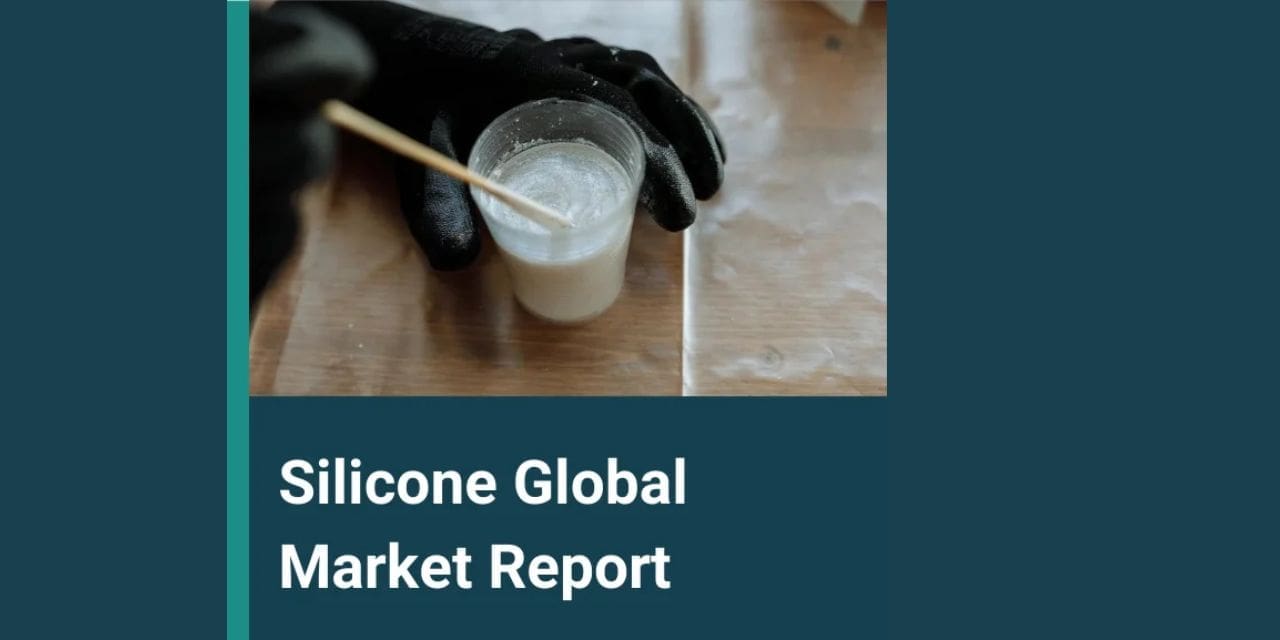The report “Silicone Market by Type (Elastomers, Resins, Fluids, Gels), End-Use Industry (Industrial Process, Building & Construction, Personal Care & Consumer Products, Transportation, Electronics, Medical & Healthcare, Energy), & Region – Global Forecast to 2029″, size is projected to grow from USD 21.5 billion in 2024 to USD 31.5 billion by 2029, at a CAGR of 8.0% during the forecast period. The growing demands of industrial processes drive the need for advanced materials like silicones, which can meet diverse industry requirements. As industries process industries evolve and innovate, silicones are set to become more essential, supporting efficiency, sustainability, and safety across a range of sectors. Silicones are crucial in driving growth in the construction industry, where they serve as fundamental elements in sealants, adhesives, and coatings. Their capacity to endure harsh environmental conditions while delivering exceptional bonding and sealing capabilities has cemented their indispensability in contemporary construction methods. The increasing demand for personal care and cosmetic products, particularly in Asia Pacific, is expected to fuel silicone demand in the personal care industry. North America and Europe have been key contributors to silicone demand, but the Asia Pacific region, notably China, has emerged as a major player. Rapid industrialization, urbanization, and growing manufacturing activities in the Asia Pacific have driven significant demand for silicones across various sectors.
Download PDF Brochure
Browse
- 237 Market data Tables
- 45 Figures
- 274 Pages and in-depth TOC on “Silicone Market – Global Forecast to 2029”
Some of the prominent key players are:
- Wacker Chemie AG (Germany)
- Shin-Etsu Chemical Co., Ltd. (Japan)
- Momentive Performance Materials Inc. (US)
- Elken ASA (Norway)
- Dow Inc. (US)
Driver: High demand for silicone in wearable electronics industry
The burgeoning wearable electronics market in India, exemplified by the exponential growth in the production of earphones and smartwatches from negligible levels to USD 961 million in 2022–23, and a projected doubling to USD 2 billion in FY24, is set to be a significant driver for the silicone market. As the Indian government aims for a USD 300 billion electronics manufacturing industry by 2026, wearables are expected to play a pivotal role, contributing USD 8 billion with USD 3 billion earmarked for exports (Source: Invest India). The increasing demand for wearable devices underscores the importance of silicone, which offers essential properties such as flexibility, thermal stability, and durability, making it an indispensable material for components such as flexible circuits, thermal interface materials, and seals. This growth trajectory underscores the integral role of silicone in meeting the evolving demands of the burgeoning wearable electronics market.

